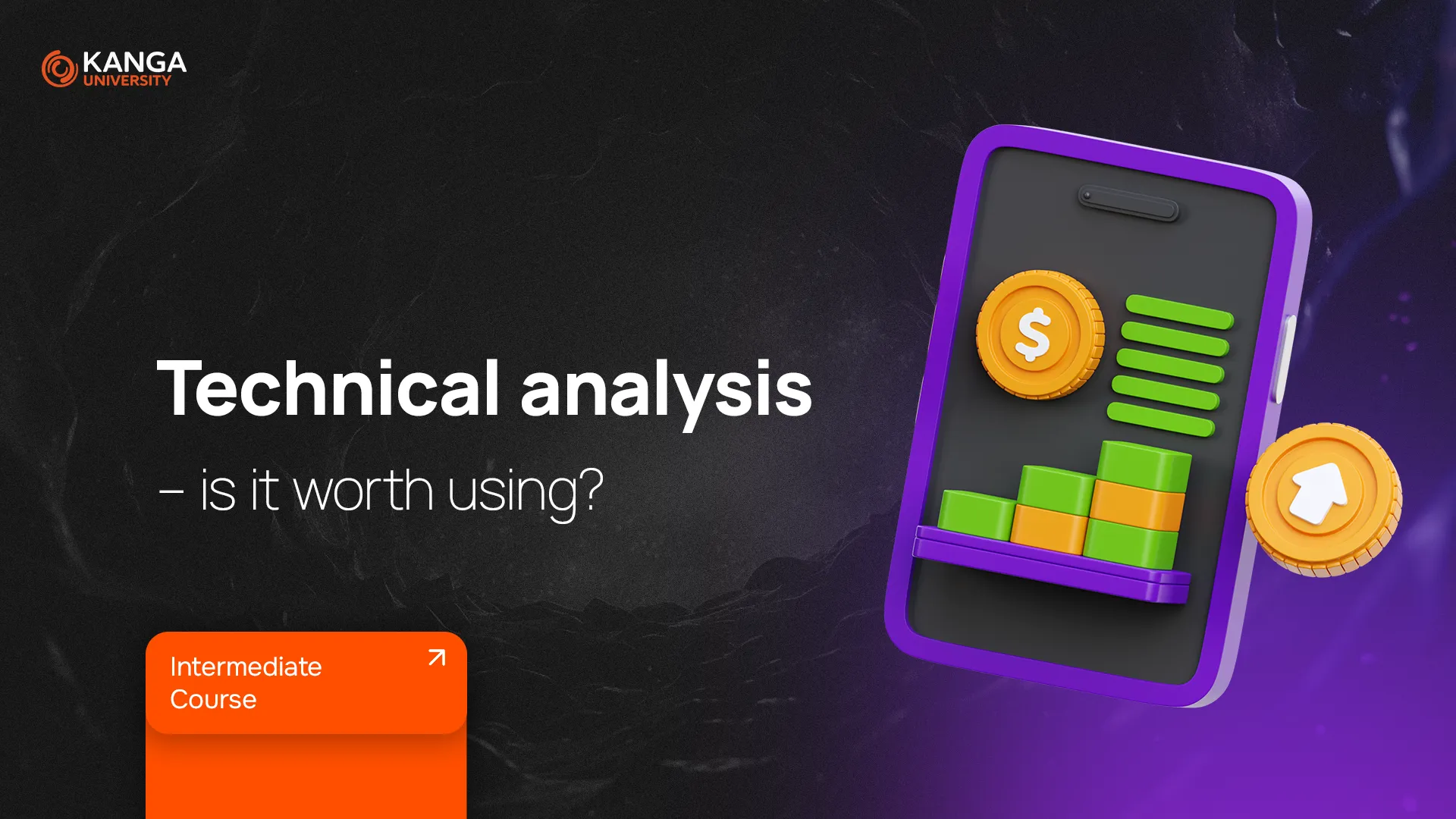
If you’re just starting your journey in investing—whether in stocks or cryptocurrencies—you’ll soon come across the term technical analysis. It’s one of the two most popular methods (alongside fundamental analysis) used by traders to figure out when to buy and when to sell. In this lesson, we’ll explore what technical analysis really is, where it comes from, and whether it’s worth learning. Ready? Let’s go!
What Is Technical Analysis?
Technical analysis is a method used to forecast future price movements based on past data—mostly price charts and trading volume. It’s built on the idea that history tends to repeat itself and that price patterns can give us clues about what might happen next. Traders use these patterns to try to predict where prices are headed.
Where Did It Come From?
Believe it or not, technical analysis dates all the way back to 17th-century Japan. Back then, rice merchants began noticing patterns in pricing and used them to predict market behavior. Over time, this turned into a formal approach to analyzing financial markets—including today’s fast-paced crypto space.
Key Principles of Technical Analysis
-
The market reflects everything – All information (economic, political, emotional) is already factored into an asset’s price.
-
Prices move in trends – Uptrends, downtrends, and sideways movements tend to continue until something shifts.
-
History repeats itself – Past price behavior can help predict future moves.
Why Use Technical Analysis?
-
Helps identify when to enter and exit trades
-
Makes it easier to understand market trends
-
Helps reduce risk and maximize gains
-
Focuses on price data, without needing to read long reports
Charts: Your Essential Tool
In technical analysis, everything starts with charts. They show how the price of an asset moves over time. Here are the main types:
-
Line chart – The simplest chart, showing only the closing price.
-
Bar chart (OHLC) – Shows opening, high, low, and closing prices for a given period.
-
Candlestick chart – The most popular. Candles with green/white bodies show rising prices; red/black show falling prices.
-
Point & Figure chart – Focuses on price movement, ignoring time. Great for seeing supply vs. demand.
Understanding Market Trends
A trend is the general direction in which the price moves. There are three types:
-
Uptrend – Higher highs and higher lows (bullish).
-
Downtrend – Lower highs and lower lows (bearish).
-
Sideways trend – Price moves in a range without clear direction.
And there are three timeframes to be aware of:
-
Short-term – Less than 3 weeks
-
Medium-term – 3 weeks to 3 months
-
Long-term – Over 3 months
The popular saying “the trend is your friend” exists for a reason—it helps traders align their strategies with market momentum.
Patterns & Indicators
Chart Patterns
These are shapes and formations on charts that can signal whether a trend might continue or reverse. Some examples include:
-
Head and shoulders
-
Double bottom
-
Flags and pennants
-
Triangles
-
Cup and handle
If these names sound confusing—don’t worry. We’ll explore them in future lessons.
Candlestick Patterns
Candlestick formations are smaller signals that reflect market sentiment. Examples:
-
Shooting star
-
Hammer
-
Harami
-
Three black crows
-
Morning star
Learning to spot these patterns helps you better understand price behavior.
More Advanced Tools
Ichimoku Cloud
A complex, Japanese-built indicator that shows trend direction, momentum, and support/resistance levels in one view. Many traders rely solely on Ichimoku after learning how it works.
Fibonacci Levels
Based on a famous number sequence, Fibonacci retracements help identify where prices might bounce or reverse. They’re used across all markets—from stocks to crypto.
Price Action
This minimalist approach relies only on price movements—no indicators, no overlays. It’s popular for its simplicity and focus on “reading” the chart itself.
Pros & Cons of Technical Analysis
| Pros | Cons |
|---|---|
| Helps identify trends and market momentum | Subjective—different traders interpret charts differently |
| Doesn’t require reading complex reports | Doesn’t guarantee results—never 100% accurate |
| Easy to visualize what’s happening in the market | Can feel like guesswork without enough experience |
| Works across different markets | Indicators aren’t universal—some work better in certain situations |
| Great for short-term trading strategies | Small chart changes can impact decision-making |
| Tons of free resources available online | Requires practice and patience |
Summary
Technical analysis won’t make you rich overnight—but it’s one of the most valuable skills for any trader or investor. It helps you read the market, build strategies, and avoid emotional decisions. If you stick with it and practice regularly, it can become a powerful tool in your investing toolkit.
Test your knowledge on Kanga Exchange
